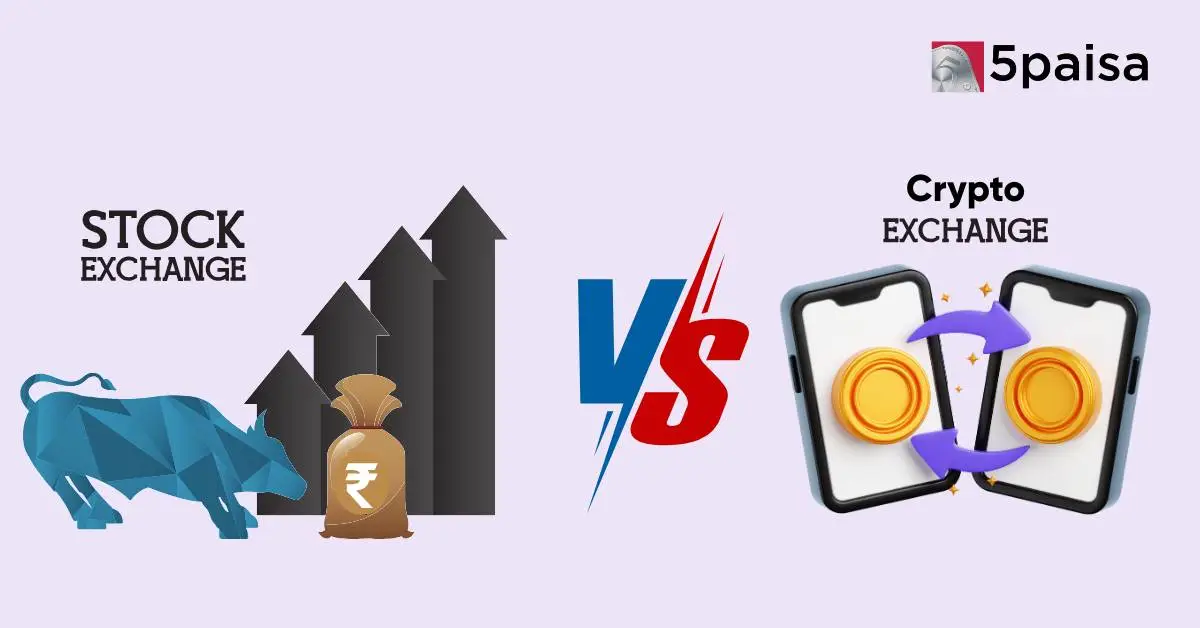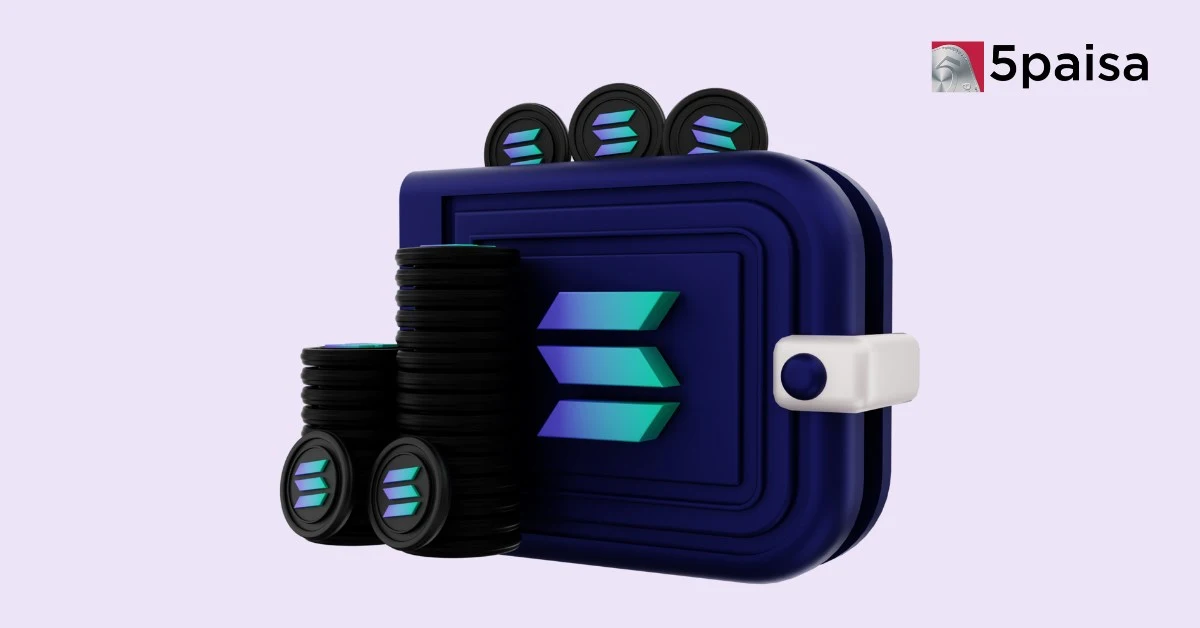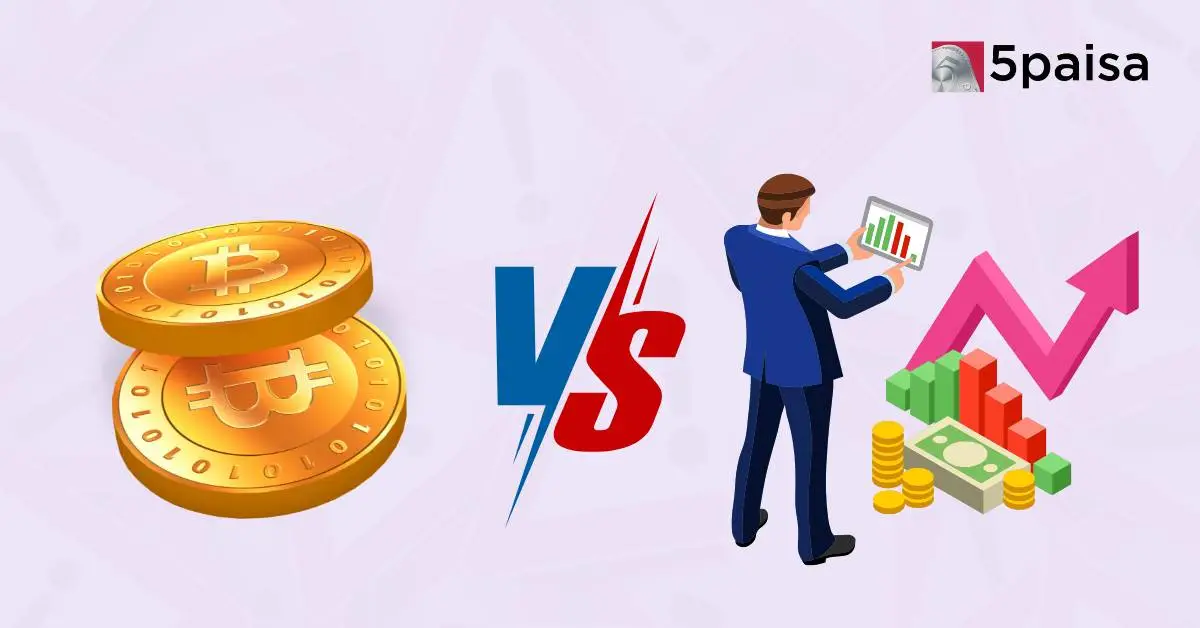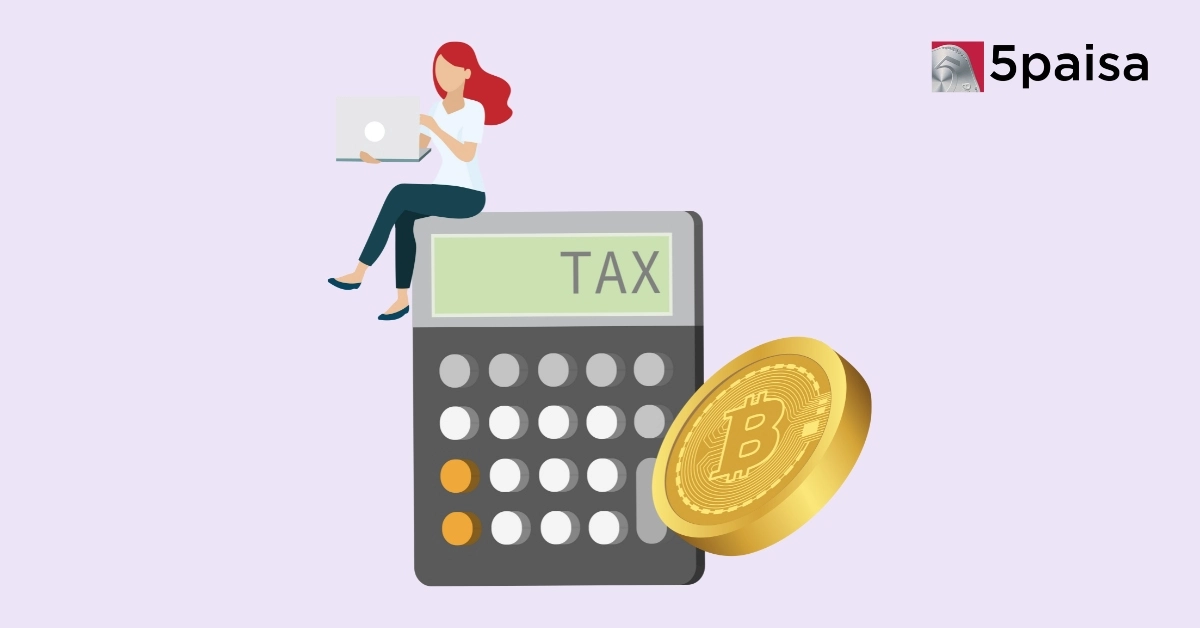Crypto Exchanges vs Stock Exchanges: What's Better?
US Inflation Touches 13-year High, What Does it Mean for India?
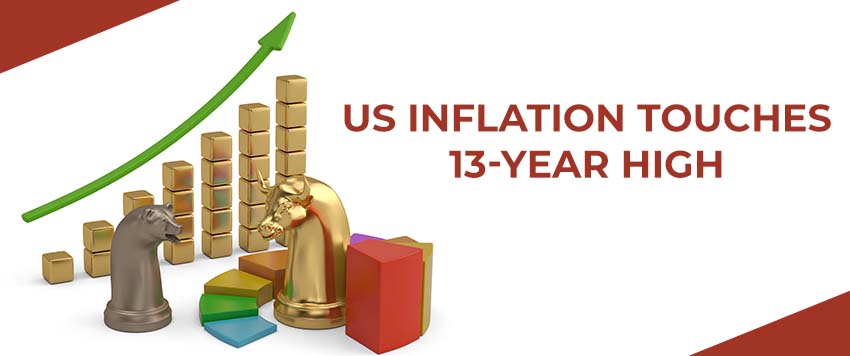
For the month of September 2021, US inflation touched 5.4%, largely driven by a spike in food and housing inflation. This is the highest level of retail inflation in the US in the last 13 years, and this level was last seen during the peak of the global financial crisis. On a MoM basis, the inflation was up 0.4% while even core inflation was up 0.2% MoM.
The recent Fed statement made it amply clear that high inflation was a reality and here to stay. Jerome Powell, the Fed Chair, kept repeating that the high inflation was caused by supply chain bottlenecks. Powell has now turned to the narrative that high inflation may stay put for much longer than originally anticipated.
Spike in US inflation is representative of the problem that most countries, including India, are facing.
Demand for consumer goods has spurted in the last few months in tandem with the economic recovery. However, supply could not keep pace either because raw materials were just not available or too pricey to make economic sense. This demand supply gap has given a free run to inflation.
Check:- Drop in Retail Inflation, IMF Bullish on Indian Markets
Economists are veering around to the view, that irrespective of the cockiness shown by Jerome Powell, there is only so long he can put off a rate hike. The Fed’s original inflation upper end target was 2% and it is a full 340 bps above that threshold. In terms of policy, the Fed taper could start in November and rate hikes probably in the first half of 2022 itself.
What does this US inflation number mean for India? Firstly, it is a signal that the supply chain constraints are not going away soon. India’s 4.35% inflation in September may be more of base effect, but overall inflation would still trend higher. This could have implications for cost of funds as is already evident in the rising 10-year bond yields.
The other implication is for RBI monetary policy. Over the last 10 years, the RBI has tried to align its monetary policy with the US. If the Fed gets hawkish, it is unlikely that the Monetary Policy Committee will maintain its dovish stance. Liquidity could be the first casualty, impacting Indian stocks that are largely liquidity driven.
The bigger risk is that RBI may be forced to hike rates to keep Indian bonds competitive in risk adjusted terms. That would be a bigger challenge to contend with.
- Flat ₹20 Brokerage
- Next-gen Trading
- Advance Charting
- Actionable Ideas
Trending on 5paisa
Indian Stock Market Related Articles
Disclaimer: Investment in securities market are subject to market risks, read all the related documents carefully before investing. For detailed disclaimer please Click here.

 5paisa Research Team
5paisa Research Team
 Sachin Gupta
Sachin Gupta
